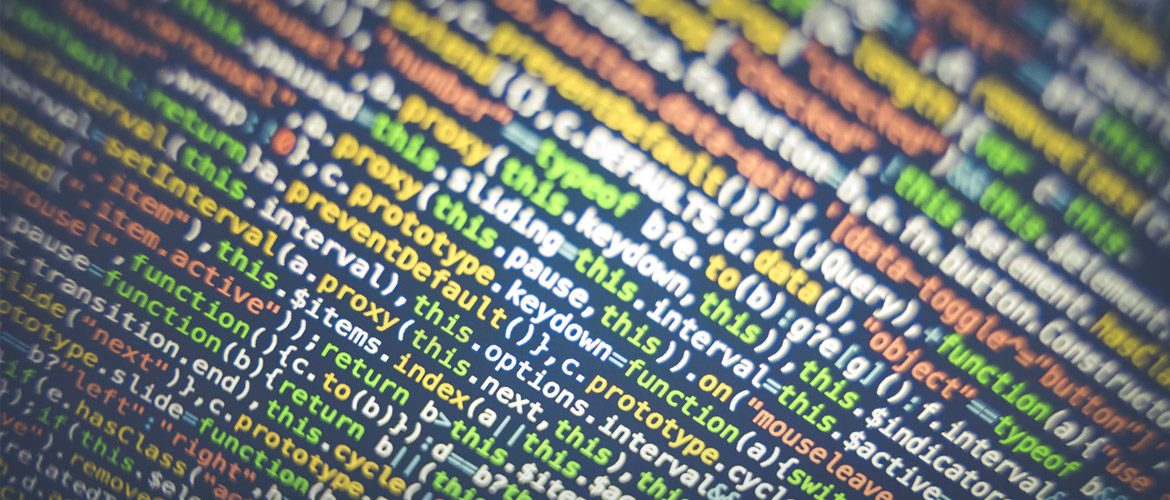
The future of AIOps


AIOps or Artificial Intelligence based IT operations is the buzzword that’s capturing the CXO’s interest in organizations worldwide. Why? Because data explosion is here, and the traditional tools and processes are unable to completely handle its creation, storage, analysis and management. Likewise, humans are unable to thoroughly analyze this data to obtain any meaningful insights. IT teams also face the challenging task of providing speed, security and reliability in an increasingly mobile and connected world.
Add to this the complex, manual and siloed processes that the legacy IT solutions offer to the organizations. As a result, the productivity for IT remains low due to their inability to find the exact root cause of incidents. Plus, the business leaders don’t have a 360-degree view of all their IT and business services across the organization.
AIOps platforms are the foundation on which the organizations will project their future endeavors. Advanced machine learning and analytics are the building blocks to enhance their IT operations through a proactive approach towards service desk, monitoring and automation. Using effective data collection methods that utilize real time analytic technologies, AIOps provide insights to impact business decisions.
Successful AIOps implementations depend on key parameters Index (KPIs) whose impact can be seen on performance variation, service degradation, revenue, customer satisfaction and brand image.
All these impacts the organization’s services including but not limited to supply chain, online or digital. One way in which AIOps can deliver a predictive and proactive IT is by decreasing the MTBF (Mean time between failure), MTTD (Mean time to detection), MTTR (Mean time to resolution) and MTTI (Mean time to investigate) factors.
The future of AIOps is already on the way in the below mentioned use cases. There is just the surface with scope for many more use cases to be added in the future.
Enterprise workloads are moving to the cloud with providers such as AWS, Google and Azure setting up various configurations for running them. The complexity involved increases as new configurations are added by the architects involving parameters like disk types, memory, network and storage resources.
AIOps can reduce the guesswork in aligning the correct usage of the network, storage and memory resources with the right configurations of servers and VMs through recommendations.
Enterprises are leveraging cloud elasticity to improve their application scaling in or scaling out automatically. With AIOps, IT administrators can rely on predictive scaling to take the auto scale cloud to the next level. Based on historical data, the workload will automatically determine the resources required by monitoring itself.
AIOps can also be utilized to monitor the network and the storage resources that will impact the applications in the operations. When performance degradation issues are seen, the admin will get notified. By using AI for both network and storage management, mundane tasks such as reconfiguring and recalibration can be automated. Through predictive analytics, storage capacity is automatically adjusted by adding new volumes proactively.
Anomaly detection is the most important application of AIOps. This can prevent potential outages and disruptions that can be faced by organizations. As anomalies can occur in any part of the technology stack, pinpointing them in real-time, using advanced analytics and machine learning is crucial. AIOps can accurately detect the actual source which can help IT teams in performing efficient root cause analysis almost in real-time.
Along with anomaly detection, AIOps will play a critical role in enhancing the security of IT infrastructure. Security systems can use ML algorithms and AI’s self-learning capabilities to help the IT teams detect data breached and violations. By correlating various internal sources like log files, network and event logs, with the external information on malicious IPs and domains, AI can be used to detect anomalies and risk events through analysis. Advanced machine learning algorithms can be used to identify unexpected and potentially unauthorized and malicious activity within the infrastructure.
Although still early in deployment, companies are taking advantage of AI and machine learning to improve tech support and manage infrastructure. AIOps, the convergence of AI and IT ops, will change the face of infrastructure management.
Please complete the form details and a customer success representative will reach out to you shortly to schedule the demo. Thanks for your interest in ZIF!